Mazda3 2004 - 2011 Gregorys Workshop Repair Manual
Mazda 3 2004 - 2011 Gregorys Workshop Owners Service & Repair ManualNEW - paperbackOther Mazda 3 Car Workshop Repair Manuals click hereAustralian workshop manual covering the Mazda3 Series BK & BL 2004 - 2011 Gregorys Owners Service & Repair Manual covers BK & BL Series Hatchback and Sedan.
|
Another generation Mazda3 for the 2010 model season ended up being revealed in belated 2008, with the sedan premiring on l . a . automobile Show together with hatchback during the Bologna car Show. When it comes to 2012 model year, Mazda began providing the Mazda3 with their newly developed SkyActiv technology, like an even more rigid-body, a fresh direct shot system, and a new 6-speed transmission.
Current 3rd generation is launched in mid-2013 as a 2014 design.
The Ford C1 system (for "small course") is Ford's worldwide lightweight vehicles automobile system. They replaces Ford C170 system and Mazda's BJ platform. The C1 system debuted aided by the European Ford Focus C-Max lightweight MPV during the early 2004. The platform is designed for either forward- or all wheel drive.
The C system ended up being developed in the Ford developing center at Europe Cologne, Germany, since the "C Technologies Program". It was reported to be among the largest platform software ever sold at that moment. Ford Focus, Volvo S40 and V50, and Mazda3 share about 60 per cent of the parts and equipment. Thirty engineers each from Ford, Mazda, and Volvo worked in Cologne for 2 years to combine the lightweight car engineering for several three automakers underneath the path of Ford Director of C Technologies Derrick Kuzak, Ford of Europe vice-president of items developing.
The C1 system has-been extended creating the EUCD to be used in the future Volvo motors. Volvo's programs necessitate all their vehicles become C1, EUCD, or D3-based inside coming years.
Among the cars, the floorpan differs, however the front- and rear-subframes, suspension, steering, stopping, safety, and electric elements become provided.
The Mazda3 has-been typically well received by the automotive hit for the results, dealing with, styling and inside, with describing it as sensation like a far more high priced recreation sedan despite their value-oriented cost. Some criticisms posses included fuel economy and crash test outcomes (just obtaining four out of a maximum five movie stars from EURO NCAP security Testing Programme) the latter which ended up being rectified by making six airbags standard. In 2006 the Mazda3 was the next best-selling vehicles in Canada as well as the best-selling vehicle in Israel during 2005--2007.
Design
The Mazda3 will be based upon the Ford international C1 system, distributed to modern European Ford Focus and Volvo S40. Previewed by the MX-Sportif concept car, the Mazda3 comes in two human body types, a four-door sedan, marketed as "coup design" in European countries, and a five-door hatchback, branded the activity variation in Canada, Japan, additionally the US. Design jobs began under chief designer Hideki Suzuki in 1999 at three Mazda build centres in Ca, America; Frankfurt, Germany; and Hiroshima, Japan. By 2001, Hasip Girgin's build is picked as a finalist. Girgin is delivered to work in Hiroshima for 6 months, thereafter the ultimate design is frozen for scheduled 2003 manufacturing.
Mazda3 Maxx Sport hatchback (Australia)
Mazda3 SP23 sedan (Australia)
Pre-facelift Mazda Axela 15C hatchback (Japan)
Pre-facelift Mazda Axela SP23 (Japan)
Leading suspension comprises MacPherson struts, with coil springs and an anti-roll bar. The trunk suspension try a Ford-designed "E-link" multi-link suspension system, with four finding hyperlinks per wheel and an anti-roll club, suspended on coil springs which can be installed inboard associated with the surprise absorbers to lessen suspension system intrusion into the cargo location. Four-wheel disk brakes is installed, with 300 mm (11.8 in) disks right in front and 279 mm (11 in) discs when you look at the rear; abdominal muscles and electric brake energy circulation are available or standard, with regards to the design. Wheel and tire sizes vary with model, from 15" on base brands to recommended 17" rims on upper-level systems.
When initially introduced, United States-market Mazda3 products are obtainable in only two trim level, i and s, aided by the 2.0 L and 2.3 L motors, correspondingly. Subsequently Mazda has actually launched extra products under the Touring and Grand Touring labels. British Mazda3s can be obtained in S, TS, TS2, Sport, and a premier end 2.3ltr turbocharged Mazda3 MPS (Mazda results show) brands. Since April 2008, when there is a mainly aesthetic facelift regarding the Mazda3, there were some changes towards trim designations for British vehicles, utilizing the versions now-being the basic S, then Takara (which replaces TS & TS2), the Tamara certain Edition and the Sport and MPS as before.
All 3 brands use the inline-4 Mazda MZR motor, with different types, displacements and outputs like the MZ-CD turbodiesel, based on design and market. Transmissions tend to be a five-speed guide transmission and a four-speed automatic transmission; considering that the 2006 design 12 months, a five-speed automated try recommended on products because of the 2.3 L engine. This transmission has already been made standard on the 2.0 L engine in Japan (FWD systems only), as part of a small renovation at the beginning of 2008 which includes various front/rear bumper design, newer wheel design and body colors, stiffened chassis, and better interior items. The MPS / Mazdaspeed variation is just readily available with a six-speed manual.
Engines
The Mazda3 features the next machines:
Japanese markets (JIS rankings):
1.5 L: 118 PS (87 kW), 140 N*m (103 lb*ft)
2.0 L: 150 PS (110 kW), 183 N*m (135 lb*ft)
2.3 L: 171 PS (126 kW), 214 N*m (158 lb*ft)
European markets (ECE ratings):
1.4 L: 84 PS (62 kW), 122 N*m (90 lb*ft)
1.6 L: 105 PS (77 kW), 145 N*m (107 lb*ft)
2.0 L: 150 PS (110 kW), 187 N*m (138 lb*ft)
2.3 L MZR DISI Turbo: 260 PS (191 kW), 380 N*m (280 lb*ft)
1.6 L MZ-CD common-rail diesel: 109 PS (80 kW), 240 N*m (177 lb*ft)
2.0 L MZR-CD common-rail diesel: 143 PS (105 kW), 360 N*m (266 lb*ft)
2.2 L MZR-CD common-rail diesel: 185 PS (136 kW), 400 N*m (295 lb*ft)
United states & Canadian markets (SAE web score):
2.0 L: 148 bhp (110 kW), 135 lbf*ft (183 N*m) (04--05) PZEV motor: 145 bhp (107 kW) (04--06), 144 bhp (107 kW) (07--); 132 lbf*ft (179 N*m) (all ages)
2.3 L: 160 bhp (119 kW), 150 lbf*ft (203 N*m) PZEV motor: 153 bhp (113 kW), 149 lbf*ft (202 N*m) (2006 just)
2.3 L MZR DISI Turbo: Mazdaspeed3: 263 bhp (196 kW), 280 lbf*ft (380 N*m)
Interior
Mazda altered the rating for US & Canadian markets 2007 2.3 L obviously aspirated motor:
2.3 L: 160 bhp (119 kW), 150 lbf*ft (203 N*m) PZEV motor: 151 bhp (113 kW), 149 lbf*ft (202 N*m) (07--)
Asian markets (DIN score):
1.6 L: 110 bhp (78 kW), 107 lbf*ft (145 N*m)
2.0 L: 148 bhp (110 kW) and 138 lbf*ft (187 N*m)
Australian marketplace (ADR web score):
2.0 L: 145 bhp (108 kW), 134 lbf*ft (182 N*m)
2.3 L: 154 bhp (115 kW), 150 lbf*ft (203 N*m)
2.3 L: DISI MZR: 260 bhp (190 kW), 280 lbf*ft (380 N*m)
2.0 L MZR-CD common-rail diesel: 143 PS (105 kW), 360 N*m (266 lb*ft)
South African marketplace (DIN net score):
1.6 L: 109 bhp (77 kW), 108 lbf*ft (146 N*m)
2.0 L: 140 bhp (104 kW), 134 lbf*ft (182 N*m)
2.3 L: 154 bhp (115 kW), 150 lbf*ft (203 N*m)
2.3 L: DISI MZR: 260 bhp (190 kW), 280 lbf*ft (380 N*m)
Overall Performance
Formal efficiency numbers for the European Mazda3 1.4 S, the lowest-powered model, were 0--100 km/h in 14.3 moments, with an optimum speeds of 170 km/h (106 miles per hour). Rims magazine reported an 8.7-second 0--100 km/h time when it comes to Australian 2.0 model in its might 2004 problems.
The 1.6 CiTD 80 kW diesel (as sold in European countries) with a five-speed handbook do 100 km/h in 11.6 seconds and contains top of 182 km/h (113 miles per hour) in accordance with the formal Mazda standards.
In test results the 2012 Mazda 3 Maxx Sport five-door 2.0-litre motor, it has been reported as creating an acceleration period of 9.2 seconds (0--100 km/h) and a premier rate of 190 km/h.
In its test results the 2004 Mazda3 five-door aided by the 2.3-litre motor, automobile and motorist magazine reported a 0--60 mph (0--97 km/h) speed time of 7.4 moments and a governor-limited top speeds of 190 km/h (118 mph).
Vehicles and Driver documented the acceleration of a 2007 Mazda3 four-door sedan. Built with a 2.3 liter system and 5-speed manual transmission, the Mazda3 has a 0-60 mph period of 7.3 moments and completes the quarter-mile in 15.8 seconds at 88 miles per hour.
The gas use of these brands averages when you look at the 10 L/100 km (24 mpg-US; 28 mpg-imp), because of the 2-litre 2008 Mazda3 automatic-transmission design scoring a 10 L/100 km (24 mpg-US; 28 mpg-imp)/7.6 L/100 km (31 mpg-US; 37 mpg-imp) city/highway United States environment coverage department (EPA) score.
The 2006 design seasons, Mazda included variable valve timing and variable-length intake athletes to your 2.0 L engine causing an electrical boost to 150 bhp (112 kW; 152 PS). The automated transmission utilized in Mazda3 S trim using 2.3 L engine was changed from a four-speed to a five-speed design. The more expensive 2.3 L system had been PZEV-certified (Partial Zero Emissions car) for cars offered in California alongside shows having adopted California automotive emission requirements. The 2.0 L motor had recently been PZEV-certified. Along with palette has also been simplified in 2006, aided by the deletion of Canary Yellow and Lava tangerine Mica.
2007
2007--2009 Mazda3 CiTD Athletics (EU)
2007--2009 Mazda3 sedan (US)
(Actual launch time July 2006)
The 3 received a minor aesthetic renovation for the 2007 design 12 months with reduced exterior, internal and mechanical modifications. On base models, the black colored synthetic towards the top of the grille became body-coloured. The leading fascia and bumper had been changed with a floating foglight design in addition to lower air-intake starting is reshaped to higher look like the normal "Mazda five-point face." All Mazda3 sedans and five-doors attained equivalent "Axela" clear-lens style back tail-lights whilst the SP23 design. Which in 2007 Mazda brought out the Mazda Axela much like the Mazda6 Atenza . Additionally, the Grand Touring trim in addition featured LED braking system lights. The LED brake lighting had been put into contend with the developing trend of higher-end vehicles making use of LED end lamps for more noticeable light result. The product range of alloy rims had been redesigned, featuring a 17 inches alloy wheel when it comes to Grand Touring variation. The rear fascia ended up being somewhat altered adding a notch from the bumper address of sedan. A number of newer outside colors had been included, phantom blue, a copper purple metallic (April 2008), Aurora Blue and dark cherry. The Titanium Gray colors had been changed with a darker Galaxy Gray color.
The interior regarding the Mazda3 had been offered with a number of newer shade options and an audio jack in the centre system, allowing the utilization of electronic songs players. Also, Takara systems, of introduced within the 2008 upgrade, added weather control and 6 cd autochanger towards TS requirements.
The 2007 model comes with less noticeable mechanical changes. The keyless entry program is enhanced. Reinforcements on human body shell improve total chassis rigidity. The front dampers of MacPherson strut suspension being re-tuned to quicken steering reaction and reduce understeer. The hydraulic dampers of multi-link rear suspension system are furthermore re-tuned to complement the leading suspension system changes. Mazda designers and developers dealt with concerns with regards to cabin sounds levels by redesigning or altering multiple methods and including sound-deadening materials to the roofing liner and hood panel.
The bumper-to-bumper guarantee was reduced to 36 months / 36,000 kilometers although the powertrain warranty is increased to 60 months / 60,000 kilometers generally in most areas. In britain all Mazda3s posses a 3-year limitless mileage warranty, 3 season roadside assistance and 12 seasons anti perforation warranty as standard.
Canadian Mazda3s obtained standard chair installed side-airbags and body shell mounted side curtain airbags across the design number. Formerly both airbag types are not readily available.
In Canada, the 2008 design year had been replaced in springtime 2008.
One more trim level included the game GX with a 2.0L system, formerly all Sport hatchbacks have a 2.3L engine and came only in GS or GT trims. Compared to the GX sedan, the GX hatchback have body-coloured home manages, and fog lamps. Alternatives for the Sport GX incorporate air conditioning, a convenience bundle containing energy add-ons and 15-inch alloys, and a rear trunk area spoiler.
The GS sedan got standard 16-inch alloy tires, previously best available with the moonroof solution, as the GX have 15-inch alloy wheels put into the convenience package (which includes steering-wheel attached sound settings, power windows, power locks, and remote entry). The GS hatchback now comes with factory-installed ac. GT versions got standard xenon headlights, formerly the main fabric package.
When you look at the U.S., the i Touring trim levels is replaced by the i Touring worth design. This new model included a body-color front grille, fog lights and 17" alloy rims, offering it a very comparable appearance into more expensive s systems. The interior additionally got leather-covered tyre and move knob through the s design. Anti-lock brake system and side-impact airbags, earlier recommended, were now standard.
Preliminary news reports indicated the 2009 design year would see a facelift because of the end of the season with external design alterations that included chrome home handles, an innovative new roof spoiler, expanded use of black colored moldings in the back bumper, and brand-new alloy-wheel options. This ended up never to take place in the US or Canadian market. The 2009 model seasons was only a couple of months very long as manufacturing ceased in November 2008.
Late intake device closing (LIVC) The first difference of constant adjustable valve time requires keeping the consumption device open up slightly more than a traditional engine. This causes the piston really pushing air from the cylinder and back to the intake manifold during compression swing. The air which can be expelled fills the manifold with greater pressure, and on subsequent consumption shots air which can be taken in are at an increased force. Late intake device finishing has been shown to cut back pumping loss by 40% during partial load circumstances, and to reduce nitric oxide (NOx) emissions by 24%. Top engine torque demonstrated best a-1% drop, and hydrocarbon emissions were unchanged.
Early intake device closing (EIVC) One other way to reduce the pumping losings associated with reasonable engine speed, high-vacuum conditions is by closing the consumption device sooner than typical. This calls for closing the consumption valve midway through intake swing. Air/fuel needs are so low at low-load circumstances while the jobs needed to fill the cylinder try fairly high, so Early intake device finishing considerably decreases pumping losses. Research indicates early intake valve finishing reduces pumping losses by 40percent, and increases gas economy by 7%. It paid down nitric oxide emissions by 24percent at partial burden problems. A possible downside to early intake valve closing is the fact that they notably lowers the temperature associated with burning chamber, that may boost hydrocarbon emissions.
Early intake device starting Early intake valve orifice is yet another variation that includes considerable potential to reduce emissions. In a conventional motor, an ongoing process known as device overlap can be used to assist in managing the cylinder temperature. By starting the intake device early, some of the inert/combusted exhaust fuel will straight back flow out from the cylinder, via the intake valve, where they cools momentarily into the intake manifold. This inert petrol after that fills the cylinder within the subsequent intake stroke, which supports controlling the temperatures of cylinder and nitric oxide emissions. In addition it improves volumetric performance, since there is less exhaust fuel to-be expelled on exhaust stroke.
Early/late fatigue device shutting Early and late fatigue valve finishing may lessen emissions. Usually, the exhaust valve opens, and exhaust petrol try pushed out of the cylinder and in to the fatigue manifold by the piston as it moves upward. By manipulating the timing of exhaust device, engineers can control simply how much exhaust petrol try left inside cylinder. By holding the fatigue valve open somewhat much longer, the cylinder are emptied more and willing to feel filled with a bigger air/fuel cost from the intake swing. By closing the device slightly early, most exhaust gas stays when you look at the cylinder which increases gasoline efficiency. This enables for more efficient process under all circumstances.
In internal combustion motors, a variable-length intake manifold (VLIM),variable intake manifold (VIM), or adjustable intake program (VIS) try a vehicle internal combustion system manifold technologies. Since the name suggests, VLIM/VIM/VIS can differ the size of the intake area - to optimise power and torque across the array of motor rate process, plus assistance offer best fuel effectiveness. This result is actually accomplished by creating two separate consumption ports, each managed by a valve, that open two different manifolds - one with a brief path that runs at full system load, and another with a significantly longer road that operates at reduced load.
There are two main effects of variable intake geometry:
Swirl
Adjustable geometry can cause an excellent air swirl design, or turbulence when you look at the combustion chamber. The swirling assists distribute the gasoline and form a homogeneous air-fuel blend - this helps the initiation of the burning process, helps minimise system knocking, helping facilitate complete combustion. At low revolutions each minute (rpm), the speeds of the airflow try increased by directing air through an extended road with restricted capability (in other words., cross-sectional room) - and also this assists in increasing low engine speeds torque. At higher rpms, the reduced and larger route opens up if the load improves, in order that a better amount of atmosphere with the very least opposition can go into the chamber - this can help increase 'top-end' energy. In two fold overhead camshaft (DOHC) designs, the atmosphere paths may often be connected to separate intake valves so that the faster route can be omitted by de-activating the intake valve itself.
Pressurisation
A tuned intake road may have a light pressurising influence comparable to a low-pressure supercharger - due to Helmholtz resonance. But this result takes place only over a narrow engine rate band. A variable intake can make two or more pressurized "hot spots", increasing engine result. Once the intake air speed are greater, the dynamic stress pushing air (and/or mixture) within the motor is enhanced. The dynamic pressure try proportional on square of this inlet air-speed, therefore by simply making the passage narrower or longer the speed/dynamic stress are increased.
Mazda Mazda3 Prices, Reviews and ... - U.S. News Best Cars
The Mazda Mazda3 is ranked #2 in Compact Cars by U.S. News & World Report. See the review, prices, pictures and all our rankings.
Research new and used Mazda Mazda3 models and find a Mazda Mazda3 for sale near you.
Mazda3 Reviews & Ratings - Consumer Reports
An expert and unbiased review of the Mazda 3 that covers overall driving performance, road test results, ratings and specs, reliability, owner satisfaction, and ...
Mazda Mazda3 Reviews - Edmunds.com
Read Mazda 3 reviews & specs, view Mazda 3 pictures & videos, and get Mazda 3 prices & buying advice for both new & used models here.
Mazda3 - Wikipedia, the free encyclopedia
The Mazda3 or Mazda 3 (known as the Mazda Axela in Japan) is a compact car manufactured in Japan by Mazda. It was introduced in 2003 as a 2004 model, replacing the ...
The official Mazda site to research and shop for all Mazda vehicles. Explore our models, features, photos, specs, build your own, and more on MazdaUSA.com
2015 Mazda Mazda3 - Autotrader
Get information on New 2015 Mazda Mazda3 cars, and find New 2015 Mazda Mazda3 cars near you. Find expert reviews, car photos, videos and car dealers for the New 2015 ...
Mazda Mazda 3 - Car and Driver
Check out the Mazda Mazda 3 review at CARandDRIVER.com. Use our Car Buying Guide to research Mazda Mazda 3 prices, specs, photos, videos, and more.

 0 Items (Empty)
0 Items (Empty)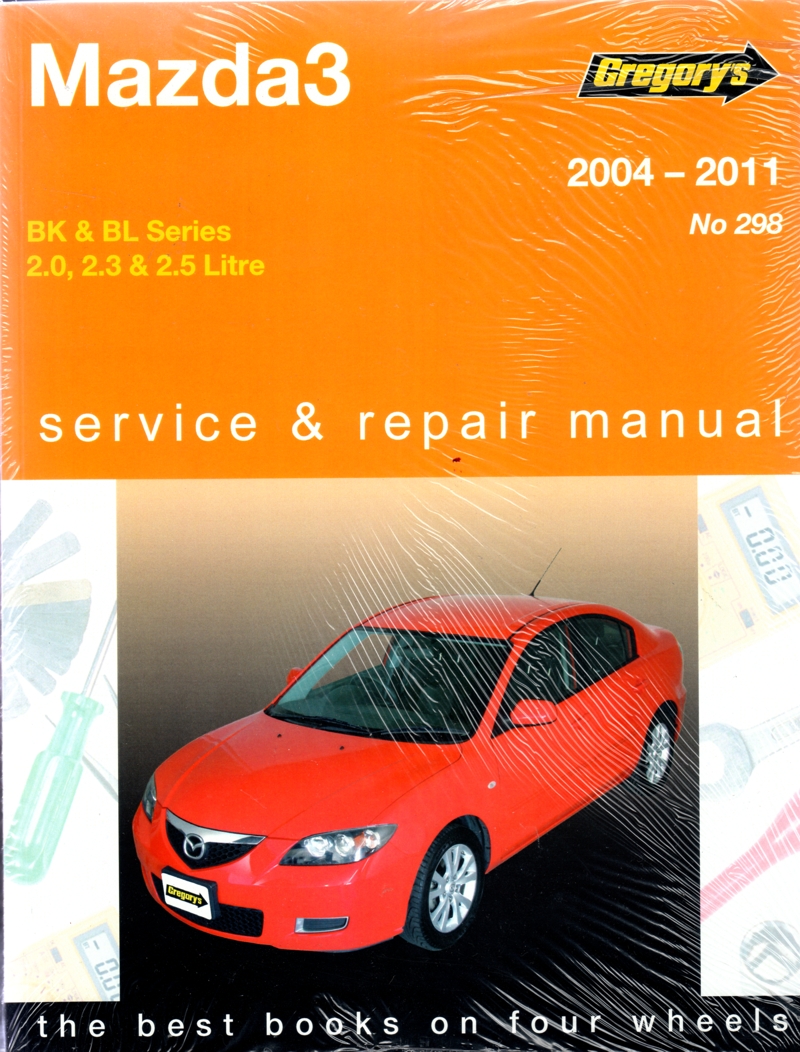


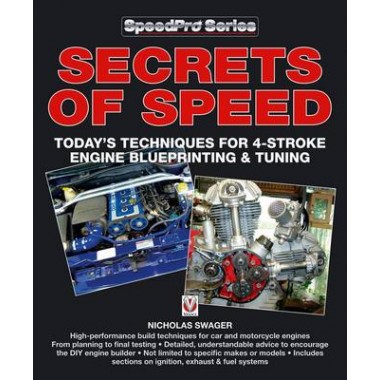
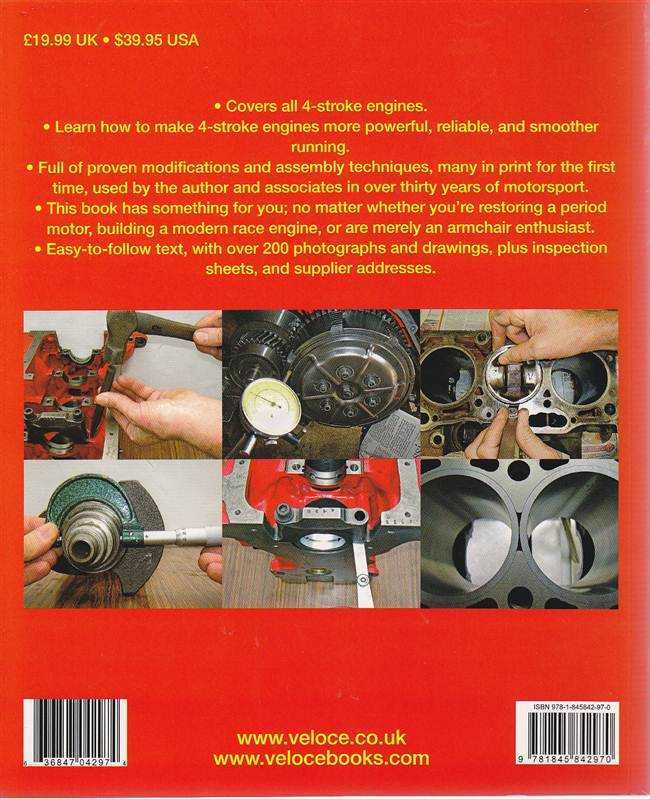
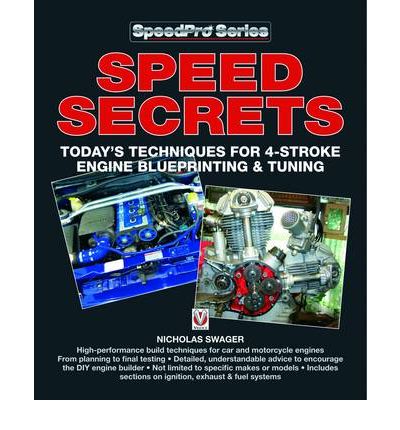
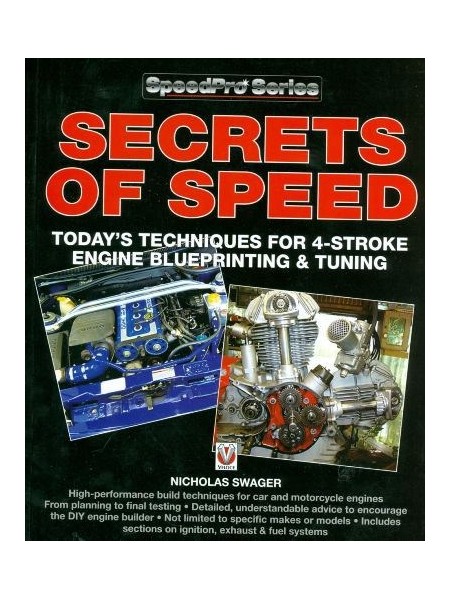
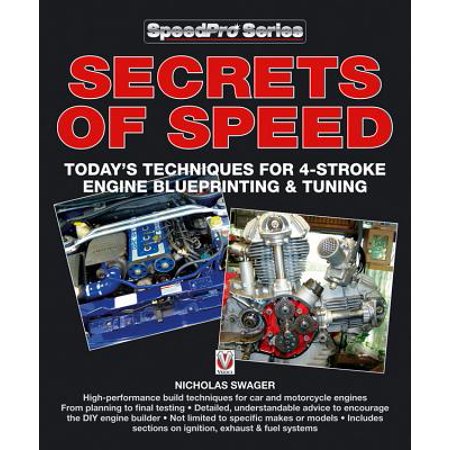


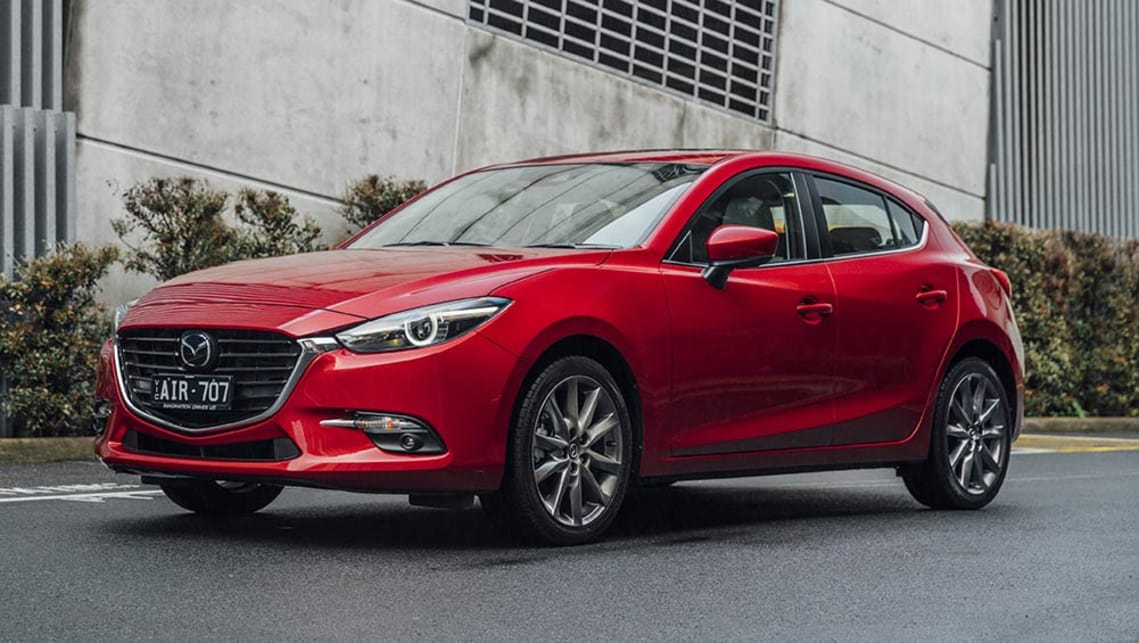
 rand_touring_hatchback-pic-4211442063938447599-640x480.jpeg width=640 height=480/>-and-driver-photo-539525-s-original.jpg width=900 height=549/>eandhalf%252cbottomleft%252c360%252c-6_sr600%252c315_sclzzzzzzz_.jpg width=600 height=315/>randhalf%252cbottomleft%252c360%252c-6_sr600%252c315_sclzzzzzzz_.jpg width=600 height=315/>
rand_touring_hatchback-pic-4211442063938447599-640x480.jpeg width=640 height=480/>-and-driver-photo-539525-s-original.jpg width=900 height=549/>eandhalf%252cbottomleft%252c360%252c-6_sr600%252c315_sclzzzzzzz_.jpg width=600 height=315/>randhalf%252cbottomleft%252c360%252c-6_sr600%252c315_sclzzzzzzz_.jpg width=600 height=315/>